Gravity ‘batteries’ might help a weighty renewable-energy problem
Their pumps, pulleys and pistons could help store huge amounts of energy for use later

In July 2020, the company Energy Vault built this huge “battery” in the Swiss Alps. It releases power — electricity — or stores it by slowly lowering or raising heavy blocks.
Energy Vault
Share this:
- Share via email (Opens in new window) Email
- Click to share on Facebook (Opens in new window) Facebook
- Click to share on X (Opens in new window) X
- Click to share on Pinterest (Opens in new window) Pinterest
- Click to share on Reddit (Opens in new window) Reddit
- Share to Google Classroom (Opens in new window) Google Classroom
- Click to print (Opens in new window) Print
This is another in our series of stories identifying new technologies and actions that can slow climate change, reduce its impacts or help communities cope with a rapidly changing world.
There’s a big hole in the ground at a site on the eastern side of the Czech Republic. It’s near the border with Poland, to the north, and Slovakia, to the west. Right now, that hole looks like a dark pit of nothingness. But in it, several researchers see a potential solution to a looming energy problem.
The pit measures some 7 meters (23 feet) across and 900 meters (almost 3,000 feet) down. That makes it nearly three times as deep as the Eiffel Tower is tall. The shaft plunges into a wide, underground coalfield that stretches into Poland. Until 2021, the hole was used as a mine. The coal that came out of it was burned to generate electricity.
But if everything goes according to plan, that hole will soon play a very different role in generating electricity.
Engineers believe the mine could be remodeled to store energy. It would work as a kind of underground rechargeable battery. But it’s nothing like a AAA or AA, nor the batteries that power electric cars. It wouldn’t be small and would stay in place for years, if not decades. And it wouldn’t use rare metals or have positive and negative terminals.
Instead, this battery would be enormous — and run on gravity.
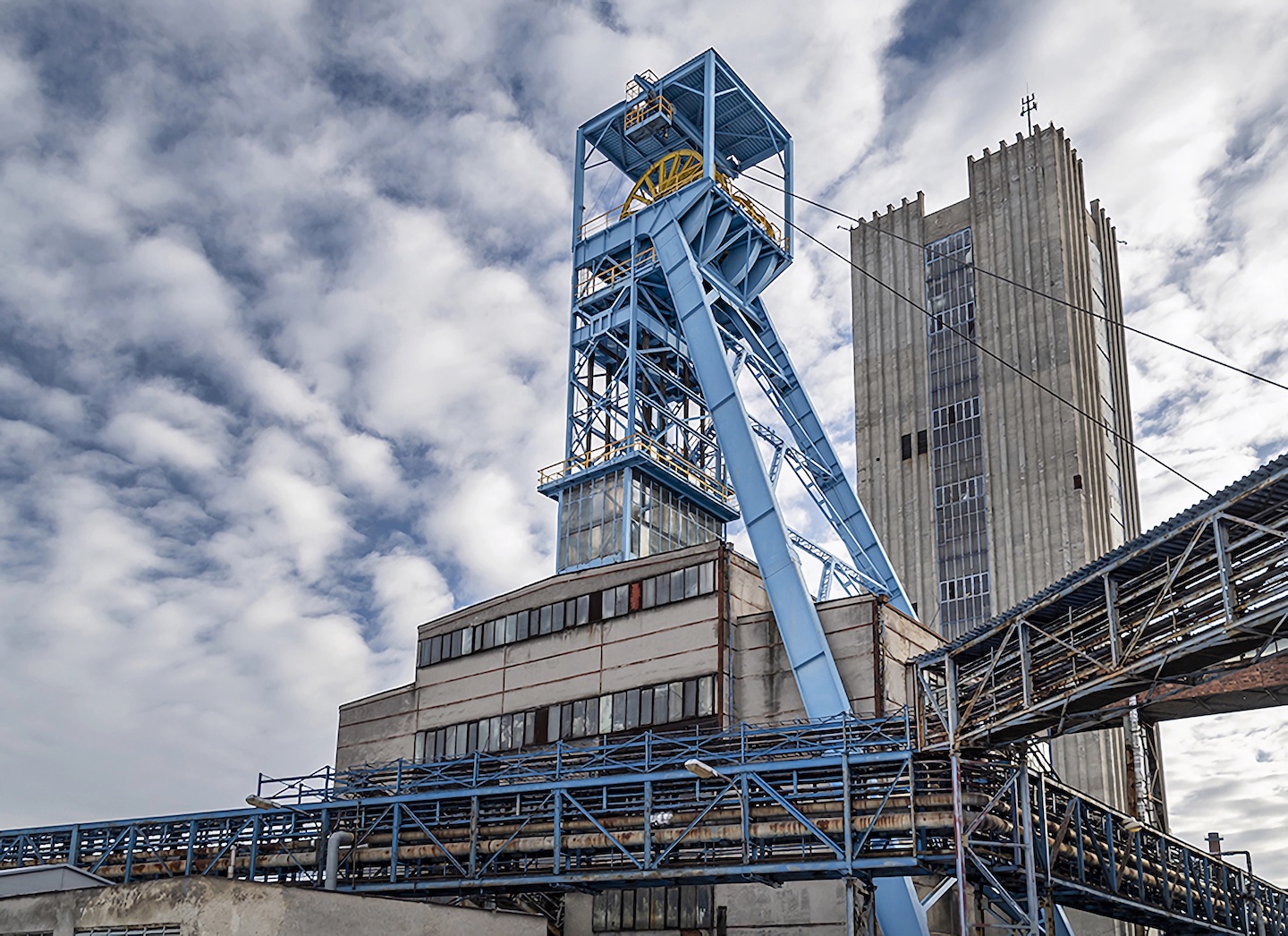
“It’s a gravity energy-storage system,” explains Gavin Edwards. He works for Gravitricity, a company based in Edinburgh, Scotland. Edwards also is a mechanical engineer on the project, due to get underway later this year.
The idea is simple. Suspend a tall column of metal blocks from thick cables inside a shaft. The blocks will be made of steel and filled with iron — so they’re quite heavy. “We’ll basically be trying to support a Statue of Liberty from her head,” explains Edwards. The cables will wind around sturdy pulleys and attach to winches at the top.
Power in potential
Gravity-based systems exemplify the idea of potential and kinetic energy.
Potential energy is defined by something’s position, such as its height above the ground.
Kinetic energy is defined as the energy embodied by something in motion.
Gravity systems gain more potential energy as something heavy — water, stone or gravel — is hoisted up. Potential energy becomes kinetic energy that can turn a turbine as the heavy material is lowered in some controlled way.
To generate electricity, the winches will let the blocks slowly sink down the shaft. As the blocks drop, the attached cables will turn turbines that run generators. The machine runs in reverse to store energy. When aboveground wind turbines (or solar panels) make more energy than is needed, the extra energy will be used to crank the winches, lifting the blocks back up the shaft. That recharges this “battery” so that it’s ready for the next time electricity is needed.
Such gravity-charged batteries could help address a looming problem as the world transitions to greater use of renewable sources of energy. Renewables such as wind and solar can generate electricity without producing greenhouse gases. That’s better for the environment.
But solar panels produce electricity only when the sun shines. A turbine, the spinning part of the wind-power system, can only make electricity when breezes move its blades. Sometimes, these systems produce no energy. Other times, they may make more energy than can be used right away. To expand the use of these systems, society needs bigger, better ways to store any surplus energy and to hold it until it’s needed.
Conventional batteries offer one solution. They “are pretty good for phones and cars,” says Joe Zhou. “But,” he adds, “they’re too expensive for the power grid.” Near San Francisco, Calif., Zhou runs Quidnet, an energy-storage company. “There’s gotta be something else that’s cheaper,” he says.
Robert Piconi runs a company working on a related system. “We need energy storage for the grid,” Piconi agrees. His company, Energy Vault, is located in Westlake Village, Calif. He predicts that greater use of climate-friendly renewable sources of energy will change the way people think about batteries. “We’re going to see a lot of new energy-storage technologies soon.”
Wet beginnings
Projects around the world highlight a range of ways researchers have been turning to gravity for storing energy. In 2021, Gravitricity built a tower at the Port of Leith, in Edinburgh. It could lift and lower blocks to store and produce electricity. This site tested the tech to be used at the Czech mine. The demonstration didn’t produce much power, but it showed the idea worked.
Energy Vault is building an aboveground gravity-based facility to store energy. It’s in China near Shanghai. The company also built a test site in Switzerland. A company called Gravity Power, based in Goleta, Calif., would also lift and lower heavy weights in deep holes. Instead of cables and winches, though, its system moves those weights with water. And in Texas, Quidnet is building an underground system. First, it pumps water underground. Then it generates power from the pressure of 300 meters (1,000 feet) of rock to push the water back up.
All these projects work through gravity. And all can be traced back to a kind of energy-storage system that was first built more than a century ago. It is called pumped hydropower. It generates electricity from water flowing downhill.
This type of hydro system requires a large body of water — such as a lake — at a high elevation. It also needs a second body of water at some lower site. A turbine located between them turns when water flows down from the higher site. Inside a powerhouse, a pump can send water from the lower lake back up to the higher one. This type of battery is fully “charged” when the upper lake is full. And it will be fully “discharged” if the upper lake ever runs dry.
When power is needed, water flows from the higher lake to the lower one. As that water passes through the turbine, it generates electricity. Whenever the water level in the upper lake gets low, the pump can refill it. The pump uses electricity that may come from other nearby power plants — or from batteries that have stored excess energy generated by the turbine.
If you tally all the energy stored in the whole world, in all types of batteries, pumped-hydropower systems account for 99 percent of it. (The rest includes batteries found in cars and homes.)
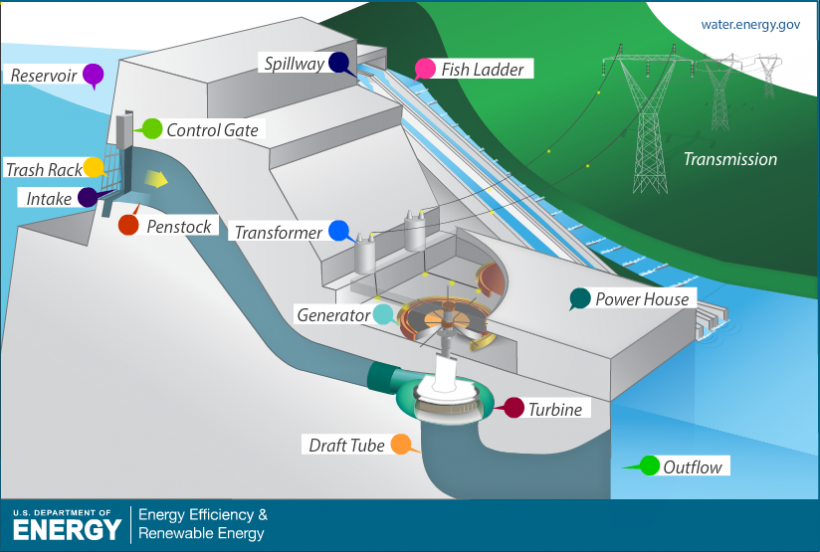
China, which is building dozens of new facilities, is the global pumped-hydro leader. It can produce 50 gigawatts of power. Gigawatt is a measure of the rate at which energy moves from one place to another, like from a generator to a house. One gigawatt can power about 750,000 homes. So in total, China’s pumped-hydro plants can electrify more than 37 million homes. Similar systems in the United States can produce about 22 gigawatts, enough for more than 17 million homes.
But when it comes to pumped hydro, “there are some serious limitations,” notes Edwards at Gravitricity. A big one is geography. Pumped hydro works well in steep terrain. “In Norway, where you have dense, mountainous regions,” Edwards explains, “hydro is the way to go.” But even there, the water can’t flow if it’s frozen. “And in flat countries, absolutely not” — this won’t work.
Joe Zhou, at Quidnet, points to other challenges. “You have to tunnel through a mountain. You have to excavate a space the size of an airplane hangar,” he says. “These are big, multibillion-dollar projects.” They take years to plan and build. Finally, he notes, the demand for global energy storage by the end of 2030 will be more than 1 terawatt of storage — 1,000 gigawatts.
Argues Zhou, “There just aren’t enough mountains in the world for that. You can only do so much with pumped hydro.”
From lakes to deep holes
Another thing about pumped hydro: “We just can’t build it fast enough,” says Jim Fiske. He’s an engineer who helped start Gravity Power. Fiske has been thinking about new ways to engineer gravity-powered batteries for more than 15 years.
Pump it up
Inspired by pumped hydro, he began thinking about ways to get big power without such a big investment. “I thought, ‘There has to be a better way to lift massive objects other than lifting water up a hill.’”
Gravity Power has a prototype. A commercial system would use a deep shaft filled with water. (The shaft might even be the entrance to some old mine.) Inside sits a large, heavy piston. When the piston slides down, it pushes water out the bottom of the shaft. That water moves up another, smaller tunnel to a pump house at the top. Inside it is a turbine. The water turns that turbine’s blades to generate electricity. A wire then ferries that electric power to where it’s needed.
The used water flows from the turbine into the top of the shaft, filling the space above the piston. When solar panels or wind turbines produce more energy than is needed, the extra goes to pump water from the top of the shaft back down to the bottom. To recharge the system, the incoming water pushes the piston up again.
This system wouldn’t require any new technology, Fiske says. Its pump is identical to what’s found in a pumped-hydro powerhouse.
“The physics of a gravity-power plant are very simple,” Fiske says. It’s the same basic idea here as in the Gravitricity and the Energy Vault systems.
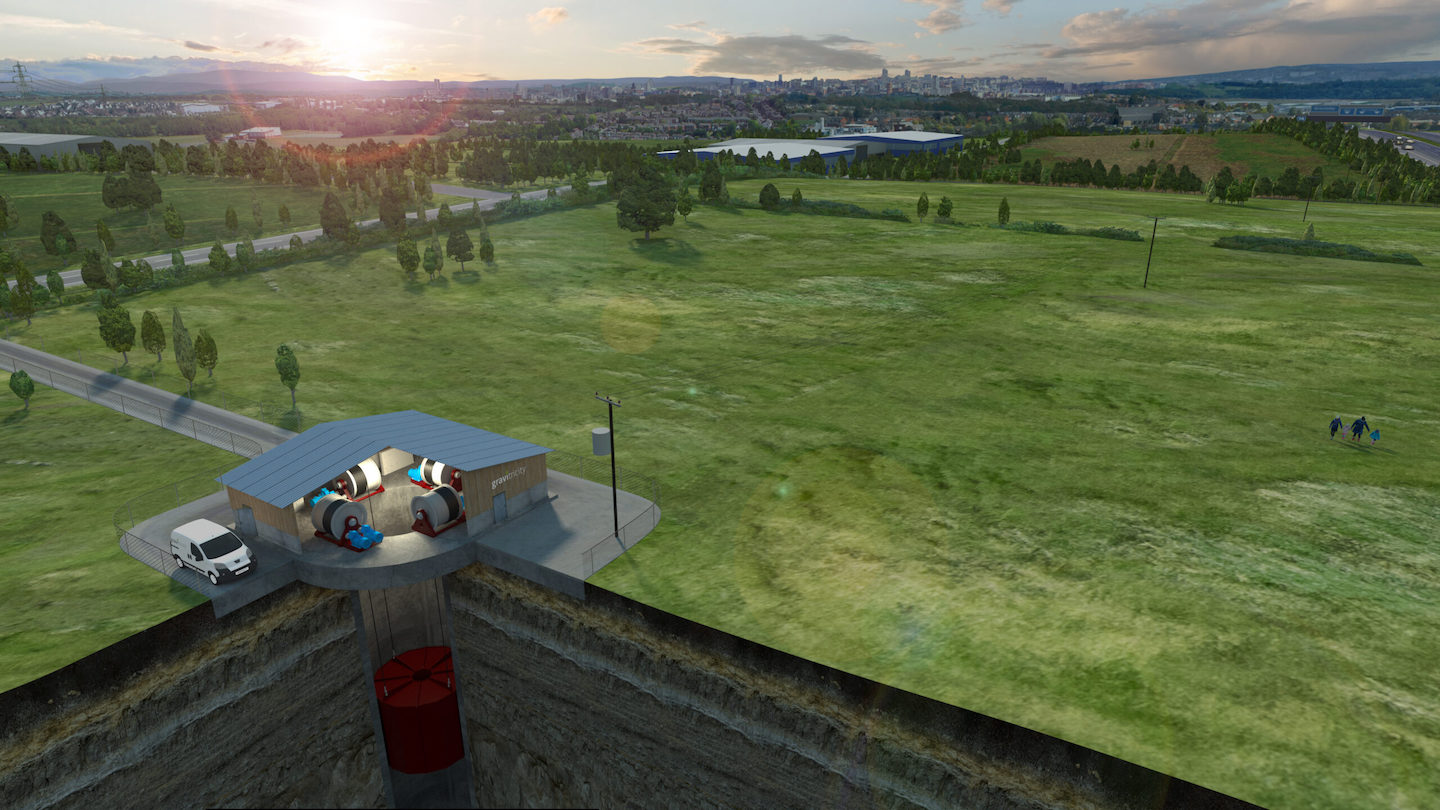
Harnessing potential energy
In physics, scientists study ways that matter and energy interact. And for them, gravity is a main figure. It’s the force that attracts any two things to each other. Gravity allows the moon to orbit Earth and the Earth to orbit the sun. (It’s also because of gravity that people don’t fly off the planet.)
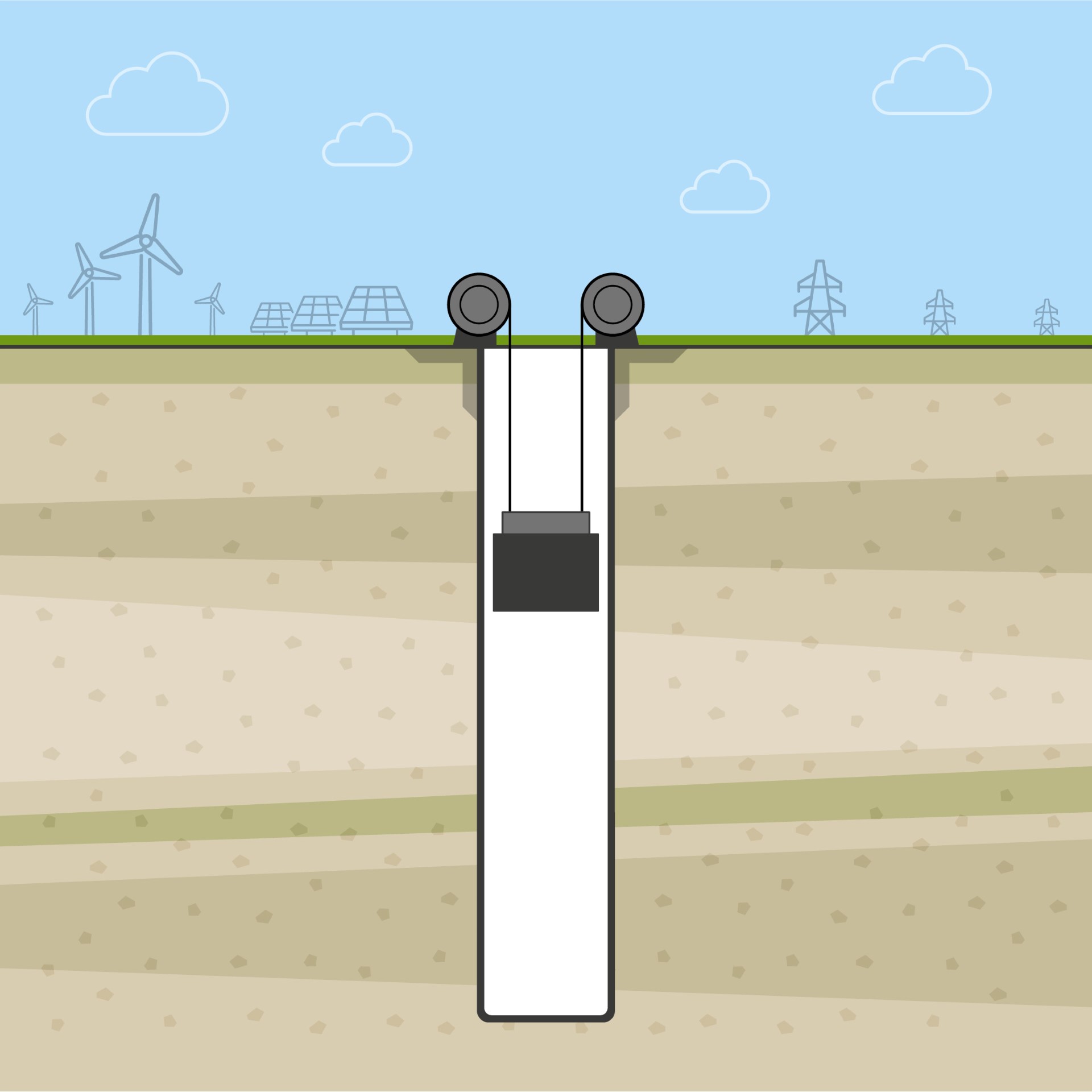
If you lift an apple, that fruit takes on potential energy. That means it has energy because of its position above the ground. Drop that apple and its potential energy will get converted to kinetic energy. Each is an example of gravitational energy.
Gravity power plants are all based on that same idea: Lift something heavy to increase the gravitational potential energy. When the weights drop, their potential energy goes down, the kinetic energy goes up — and turbines spin to generate electricity.
In an alpine valley surrounded by snow-capped mountains, Energy Vault installed a giant, six-armed crane in July 2020. “It looks like a Transformer,” says Piconi.
The crane’s arms can lift and lower blocks weighing 35 metric tons (about 77,000 pounds) each. When stacked, the blocks hold potential energy. By lowering the blocks, the crane generates electricity that can move through the power grid to homes and businesses.
More recently, Energy Vault has been building gravity energy systems that store big, heavy blocks inside what looks like a giant metal box. Pulleys and motors move the blocks around, horizontally and vertically. Still, the idea remains the same. Higher blocks store more energy, which can generate electricity when they later get lowered. This system is modular, which means it’s built from smaller, identical parts. The more modules used, the more energy it can store.
Says Piconi: “Define the energy and power that you want, and we can build out the building to meet it.”
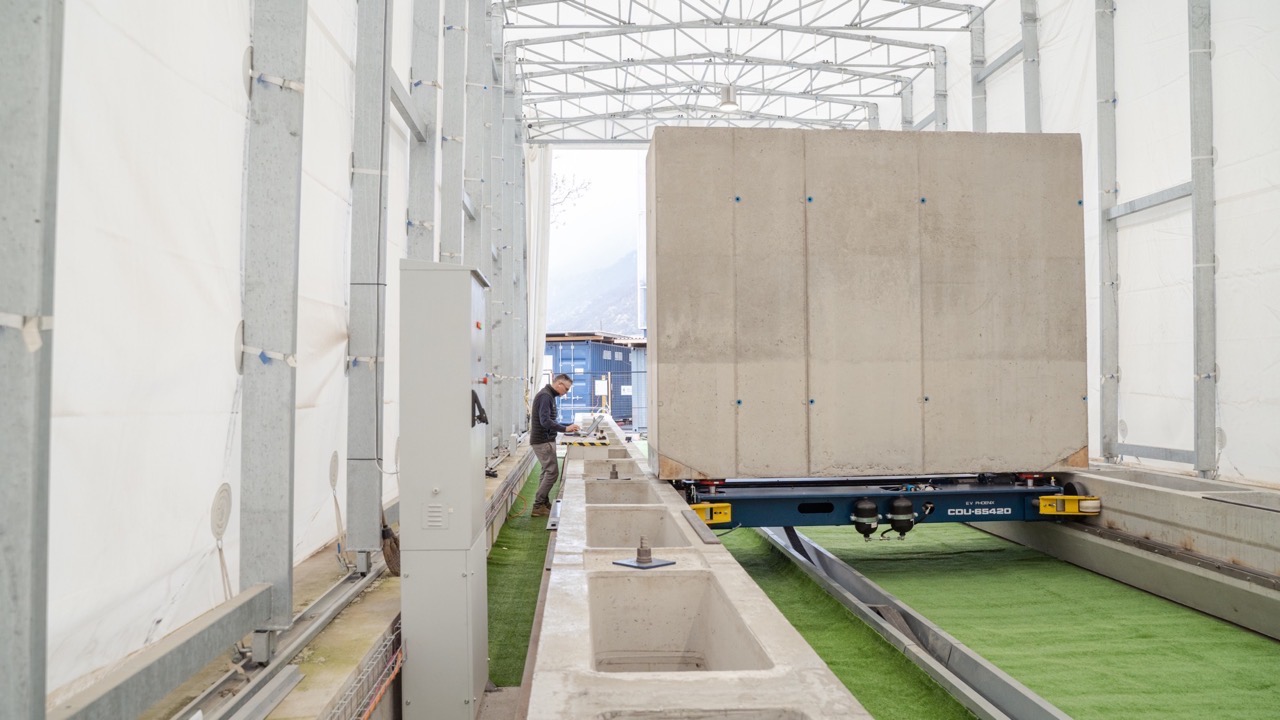
Scaling up . . . but only for short-term use
Early tests of gravity-based storage systems show they can generate electricity. And systems like Gravitricity’s can be built near where they’ll be needed most. If placed where they can repurpose abandoned mines, these new systems won’t even need to drill costly, giant holes.
But these recent projects also have revealed challenges. One thing has become very clear, says Piconi. “There is no silver bullet.” By that, he means that no one solution will work everywhere and equally well.
These gravity systems are limited in how much energy they can store. If Gravitricity’s test project in the Czech Republic works perfectly, it will be able to power about 750 homes, but only for 30 minutes. “It’s a lot of power, but you can only do it for a short period of time,” Edwards explains.
It can, however, be scaled up. By building many such systems, the company hopes to power about 16,000 homes for about 30 minutes. Edwards says a network like that would be useful when other power supplies have short-term gaps.
Energy Vault’s project in China will provide an estimated 25 megawatts — to power more than 3,500 homes — for four hours.
Julian Hunt works at the International Institute for Applied Systems Analysis in Laxenburg, Austria. An engineer, he studies energy-storage systems. Even batteries like those driven by gravity, he says, only offer solutions for short-term gaps. Pumped hydro can store the most energy, he says. It also can release it over the longest period of time.

How these systems might evolve
New solutions will be needed for areas that might need to supplement their power for longer periods — especially if they need just small amounts at one time. An island community might be one example.
Lifting heavy blocks, says Hunt, probably won’t meet that need. He suggests an alternative: sand. In that situation, it’s “the way to go.”
Right now, no sand- or gravel-based system exists.
But in a recent paper, Hunt described a system that could be built on the side of a mountain. It would generate electricity by letting sand or gravel flow downhill. To store electricity, cables and buckets would lift the material uphill again. This system could work in areas with limited access to water.
Now that society can generate power from renewable sources, Hunt says, we need to store that energy in renewable ways. Piconi, at Energy Vault, predicts that future energy-storage solutions will include both conventional batteries and gravity-based ones.
Edwards says these efforts are part of the transition to a reliance on clean energy.
He points to his home country, Scotland, as an example. “We’re making the transition away from oil and gas,” he says — “as the whole world is.” There’s a big shift to renewable sources. “We have a lot of wind power and a lot of wave power,” he notes. At one point during a heavy storm, last year, fast winds spun turbines around violently. They generated more than twice the power that the entire country needed, Edwards says.
The challenge is how to hold onto that extra. “Nobody has cracked this egg yet,” he says. “But we’re part of a network of engineers and companies trying to help solve these energy-storage problems.”
Editor’s note: This story was edited on October 25, 2023, to correct the depth of the Czech mine shaft to 900 meters.







